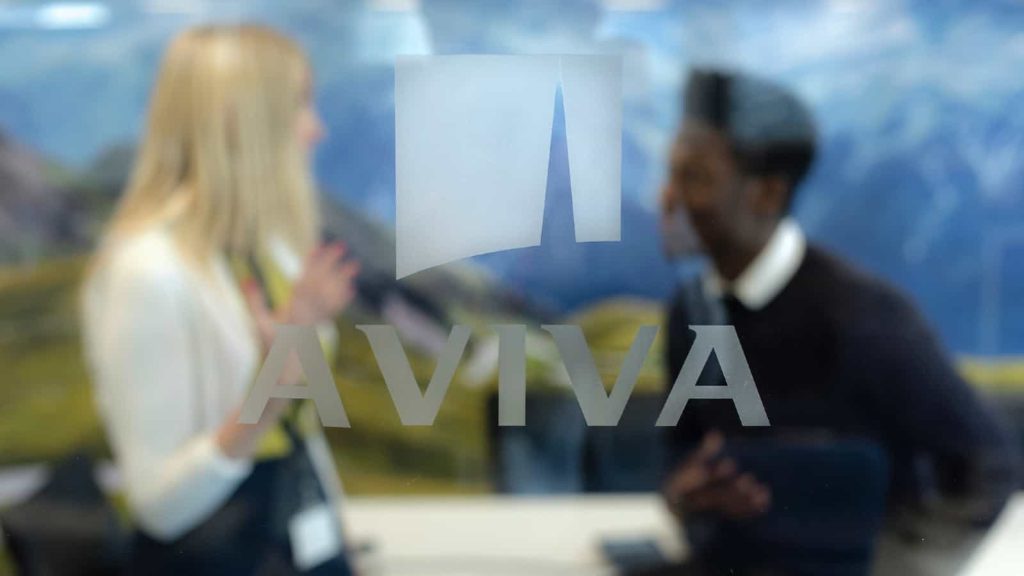With its 5.7% dividend yield, here’s what I like about Aviva


Like many investors, I appreciate the long-term passive income prospects of a high-yield share. Take insurer Aviva (LSE: AV) as an example. The current Aviva dividend yield of 5.7% is already significantly higher than the FTSE 100 average.
Not only that, but the company aims to grow its payout per share each year. While delivering such a goal can never be guaranteed, the company has managed to do so in recent years.
Then again, it has also cut its dividend before now, including as recently as five years ago.
No business is without risk after all. Taken on balance, though, I see Aviva as a high-yield dividend share investors should consider.
Strong position in a massive, proven market
The first reason I like Aviva as a business is what it does.
Insurance is a market most people understand at least to some extent from personal experience. The business model has been proven for centuries already.
Is it going away any time soon? I do not think so. People want or need to insure their homes, business premises, and possessions.
That attracts a lot of companies who wish to profit from the opportunity. Aviva has what I see as a massive advantage: it has built itself to a position where it is Britainâs biggest insurer.
That gives it economies of scale. This yearâs acquisition of rival Direct Line has helped strengthen Avivaâs position in its home market even further.
Such a strong position can help Avivaâs cash generation potential, hopefully enabling it to grow its dividend further.
But size can bring challenges too. If one of Avivaâs smaller rivals tries to build market share by competing aggressively on price, that could threaten Aviva with the choice of reducing profitability or seeing some of its customers switch to a competitor.
High-yield potential
The dividend story at the FTSE 100 company looks attractive to me. But is there more to Aviva than just the dividend?
Over the past five years, the companyâs share price has more than doubled, growing 104%.
That is an excellent performance, even before taking into the account the income streams the dividend has provided for Aviva investors along the way.
Past performance is not necessarily indicative of what to expect in future, though.
This month, Avivaâs share price hit a level last seen in 2007. Seen positively, that suggests that what I see as the positive investment case for the insurer is also appreciated by the wider market.
But it does raise the question of valuation. Is Aviva potentially now overvalued, with its market capitalization just shy of £20bn?
It is a possibility. If there is a significant financial downturn, that could make Avivaâs investment returns weaker, hurting its profitability.
But I actually think Avivaâs current valuation remains attractive. It is huge, proven, and has strong brands that can help it attract and retain customers cost-effectively.
The post With its 5.7% dividend yield, hereâs what I like about Aviva appeared first on The Motley Fool UK.
Should you invest £1,000 in Aviva plc right now?
When investing expert Mark Rogers has a stock tip, it can pay to listen. After all, the flagship Motley Fool Share Advisor newsletter he has run for nearly a decade has provided thousands of paying members with top stock recommendations from the UK and US markets.
And right now, Mark thinks there are 6 standout stocks that investors should consider buying. Want to see if Aviva plc made the list?
More reading
- 3 reasons why Aviva’s share price could surge 18% to 760p
- This FTSE 100 dividend stock yields 5.6% â could it be the safest passive income play in December?
- Yields above 5%! Here are my 2 favourite FTSE 100 dividend stocksÂ
- If the FTSE crashes 20%, these are the 2 stocks I want to buy first
- These FTSE 100 shares are on sale after the stock market slump
C Ruane has no position in any of the shares mentioned. The Motley Fool UK has no position in any of the shares mentioned. Views expressed on the companies mentioned in this article are those of the writer and therefore may differ from the official recommendations we make in our subscription services such as Share Advisor, Hidden Winners and Pro. Here at The Motley Fool we believe that considering a diverse range of insights makes us better investors.







